Sunset, Monday, 28 December 2009
 William Theodore Van Doren. Sunset from Stony Point, Albemarle County, Va. Oil on watercolor block, 16 x 20.
William Theodore Van Doren. Sunset from Stony Point, Albemarle County, Va. Oil on watercolor block, 16 x 20.
I did a small painting for a friend today based on a Chinese ink painting from about 1750 – Willow and Peach Blossoms, by Li Shan. I thought about it later, while I was painting the sunset, because I’m sometimes uncertain whether this daily practice is really worthwhile. I realized how wonderful it might be if Li Shan had left a record of his observations of daily sunsets or sunrises in the 18th century.
Today is the eighth anniversary of the day we adopted Flint (the fabulous foxhound) from the Fluvanna County SPCA. Since I’ve mentioned him in a million posts and shown him only once, I thought I’d give him a little more air time. Here’s a formal profile of Flint watching something out the living room window:
Very recent:
And very typical:
 L.O.S.
L.O.S.
 Monday, December 28, 2009 at 06:57PM | by
Monday, December 28, 2009 at 06:57PM | by  BVD | in
BVD | in  A Painting A Day,
A Painting A Day,  Sunset Paintings,
Sunset Paintings,  Sunsetology | tagged
Sunsetology | tagged  Blue Ridge,
Blue Ridge,  Flint the foxhound,
Flint the foxhound,  Laura Owen Sutherland,
Laura Owen Sutherland,  Li Shan,
Li Shan,  photography,
photography,  “Willow and Peach Blossoms” | | Comments Off
“Willow and Peach Blossoms” | | Comments Off 
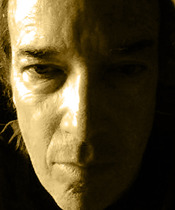
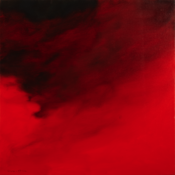
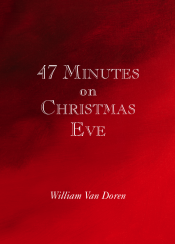
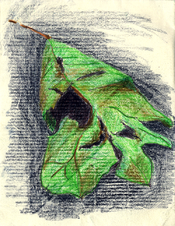



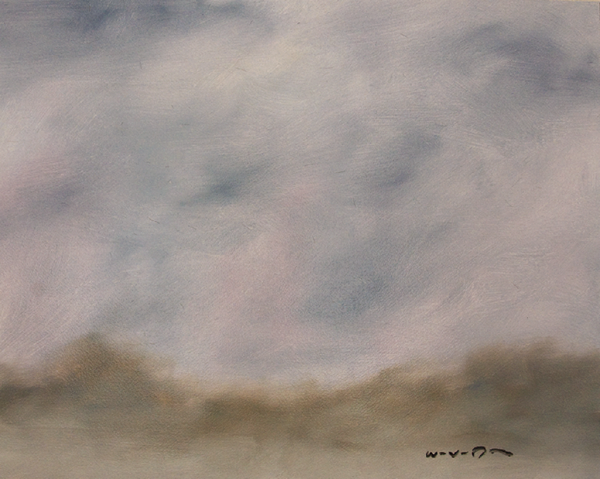
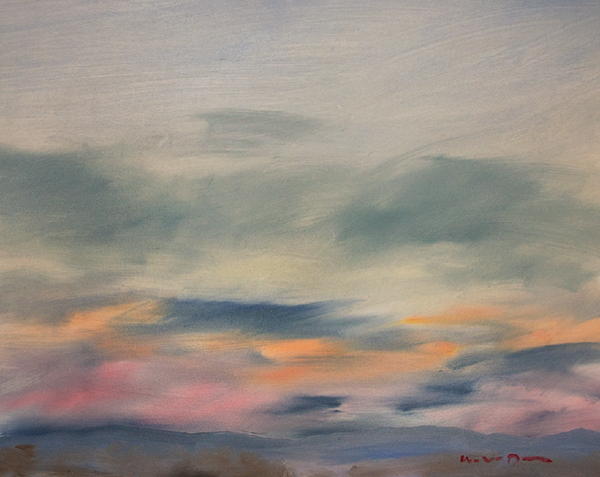
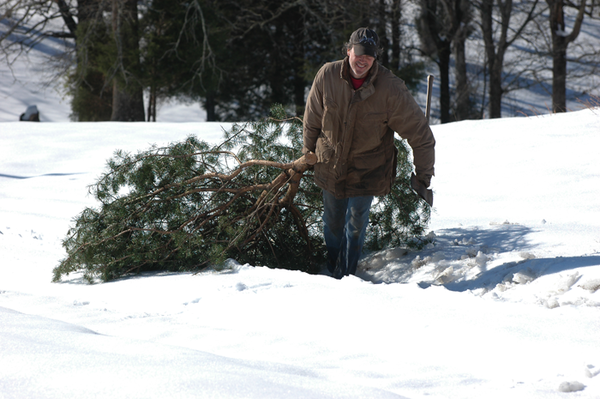

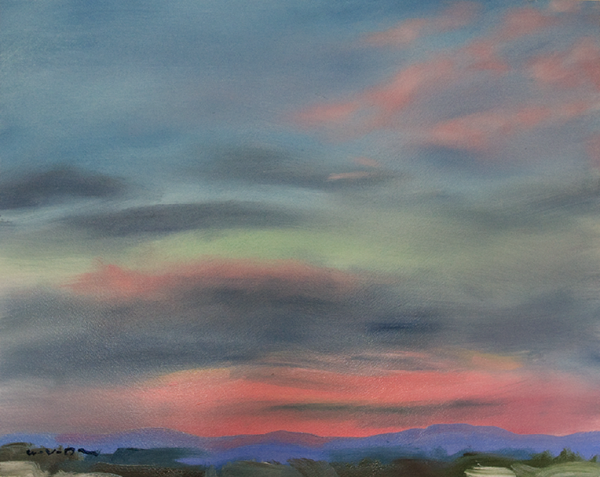
Sunset, Saturday, 26 December 2009
We managed to get out today after seven days of being snowed in. While we were traveling around the roads and parking lots lined with dirty snow and slush, the sky made me think about the beach in L.A. A strange thing about a city that borders the ocean is that no matter who you are or where you live or how you stand in that city, when you get to the edge, that ocean is yours as much as anyone’s.